
Ancient museums in Georgia. Gremi-Nekresi Museum-Reserve.
The museum-reserve Gremi-Nekresi includes a church, a wine cellar, wine vessels, and the museum building itself. The museum has a variety of exhibits, mainly the exposition of the royal chamber, where you will see the crown and clothes of King Levan, military equipment and other materials.
Address: Kvareli, village Thunder
The territory of the reserve includes the Church of the Archangel of the 16th century, a marani (wine cellar) of the 16th century with qvevri (wine vessel) and satsnakheli (grape press), with corners for traders, kings and representatives of the nobility, where the ruins of a bathhouse for the nobility have been preserved. The material excavated in the territory of Gremi and Nekresi is exhibited in the Gremi Museum (a monument of the 15th century), which presents the royal chambers and a three-story tower with a bell tower.
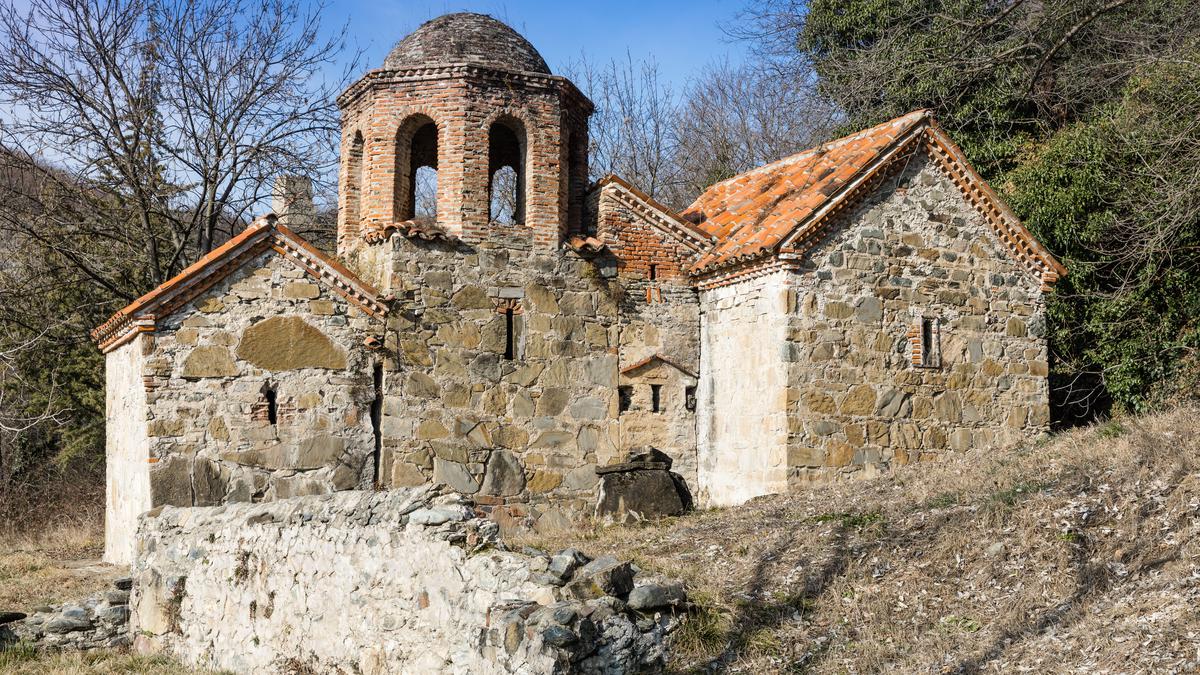
Among the exhibits are: military weapons and tools of the Bronze Age, necklaces, zoomorphic images, iron axes of the 12th-13th centuries, examples of ceramic products of the 15th century, glazed tiles and bricks, pipes for drinking water, a cannon of the 16th century and a bow with arrows, a church bell, as well as qvevri of various periods, bronze dishes of the Middle Ages. The museum exhibits the series of artist Levan Chogoshvili "Portraits of the Kings".
Gremi-Nekresi was the most ancient religious center of this region, where in the 6th century one of the 13 Assyrian "fathers" Abibo Nekreseli, who was canonized, worked.
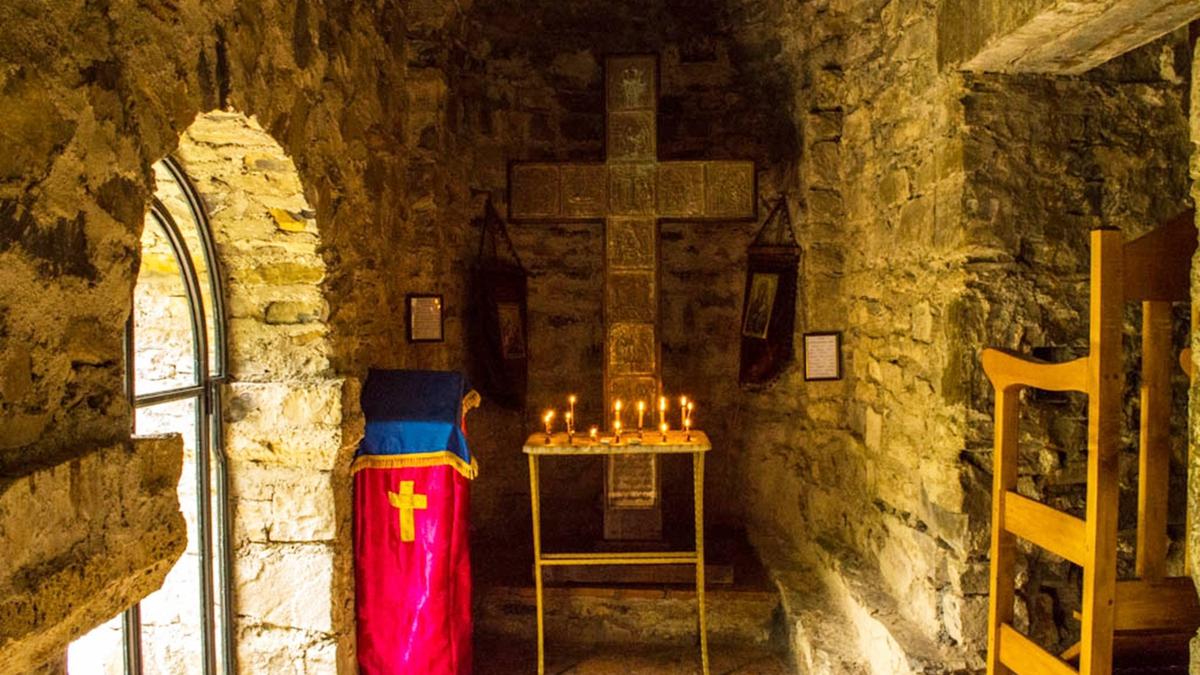
The museum was founded in 1975, and in 2011 a large-scale restoration project of the historical city of Gremi was completed. The new exhibition is prepared as a royal chamber, and, accordingly, the entire exhibition is dedicated to the theme of the kings of Kakheti: kings and royal power (historical documents of the kings - charters with signatures and seals of the kings). The royal crown of the king of the Kakhi Levan and his clothes, which are made in the decorations of the traditions of Nekresi of the 16th century, military equipment are also exhibited in the chamber of the kings. Materials reflecting the activities of the kings of Kakheti in the holy land, in Jerusalem, and on Mount Athos, copies of historical documents and dummies of old manuscripts, the legend of Teimuraz about the palace of Gremi and "The Martyrdom of Queen Ketevan".
Visit the Gremi-Nekresi Museum-Reserve

Gremi-Nekresi Museum-Reserve is one of the most significant cultural sites in Georgia. This reserve includes the Church of the Archangel, a wine cellar, wine vessels and the museum building itself, on the territory of which there are many historical artifacts.
The Church of the Archangel, dating back to the 16th century, is the oldest religious center of this region. In the 6th century, one of the 13 Assyrian "fathers" Abibo Nekreseli, who was canonized, worked here.
The Gremi-Nekresi Museum exhibits a variety of exhibits, among which the exposition of the royal chamber occupies a special place. Here you can see the crown and clothes of King Levan, military equipment and other materials reflecting the activities of the kings of Kakheti in the holy land of Jerusalem and Mount Athos.
Not far from the museum is a wine cellar from the 16th century, where you can see qvevri - traditional clay vessels for storing wine, as well as a grape press. This is where you can try real Georgian wine, which is distinguished by its unique taste and aroma.
One of the most interesting exhibits presented in the museum is the military weapons and tools of the Bronze Age, as well as glazed tiles and bricks. Here you can also see various household items and ceramics that were used in Georgia at different times.
The Gremi-Nekresi Museum also presents a collection of works by artist Levan Chogoshvili, including "Portraits of Kings", which were made in the style of an 18th-century artist and depict the life and work of Georgian rulers of that time.
The Gremi-Nekresi Reserve is one of the most significant historical sites in Georgia, which attracts many tourists from all over the world. It is located in eastern Georgia, 15 km south of the city of Telavi. The Gremi-Nekresi Reserve unites two historical sites: the ancient city of Gremi and the Nekresi Monastery. These sites are the national heritage of Georgia and are protected by the state.
Gremi was a major trade and cultural center of the Caucasus in the 12th-13th centuries. The city is located on a high cliff above the Alazani River, which flows into the Kura River. Gremi has preserved many historical monuments, including palaces, churches and residential buildings. Nekresi Monastery was built in the 6th century and is one of the oldest monasteries in Georgia. It is located in the gorge of the Alazani River, on the slope of Mount Tsivguli. The monastery has preserved ancient churches and relics of saints. In the Gremi-Nekresi Museum-Reserve, you can see a rich collection of artifacts related to the history of Georgia. On the territory of the museum are the Church of Archangel Michael (16th century), a marani (wine cellar) of the 16th century with qvevri (wine vessel) and satsnakheli (grape press), as well as other historical buildings. The museum exhibits various items, including the royal chamber exposition, which includes the crown and clothes of King Levan, military equipment and other materials.
One of the most important exhibits of the museum is a series of portraits of kings created by the famous artist Levan Chogoshvili. The portraits depict kings who ruled in Kakheti in different historical periods. This collection is not only an important source for studying the history of Kakheti and Georgia, but is also of great value for world culture.
In addition, the Gremi-Nekresi Museum-Reserve hosts various events related to the preservation of the historical and cultural heritage of the region. The museum hosts lectures and master classes on traditional crafts, such as carpet making, ceramics, wood carving and others. It also hosts exhibitions of contemporary artists who find inspiration in traditional Georgian motifs. The Gremi-Nekresi Reserve is located in a picturesque place on a mountain slope, which offers a magnificent view of the Alazani River valley and the surrounding mountains. Here you can walk along the alleys of the museum-reserve, enjoying the beauty of nature and historical monuments.
In addition, Gremi-Nekresi is a popular tourist destination that attracts thousands of tourists from different parts of the world. The museum-reserve offers tours in different languages, making it accessible to tourists from all over the world.
It is important to note that the Gremi-Nekresi Reserve is not only of historical and cultural significance, but also of great importance for the ecology of the region. The territory of the reserve is a nature reserve, which preserves the unique flora and fauna of the region. The museum-reserve carries out work to preserve the natural environment, including research and monitoring of the state of the environment.
Thus, the Gremi-Nekresi Reserve is a unique historical and cultural site that is of great value to Georgia and the whole world. Here you can not only learn a lot about the history and culture of Georgia, but also spend time in nature, enjoying the landscapes and architecture.
One of the most interesting exhibits of the museum is a series of portraits of the kings of Georgia, created by the artist Levan Chogoshvili. In addition, here you can see a church bell, bronze dishes from the Middle Ages, qvevri from different periods and much more.
Gremi-Nekresi Reserve is also famous for its wine cellars, where you can taste the best varieties of Georgian wine, prepared according to ancient traditions. Qvevri, huge clay vessels used for wine fermentation, are a symbol of Georgian winemaking and often serve as decoration for local wine cellars.
The territory of the reserve also includes the ruins of the ancient city of Nekresi, where the monastery of St. Nicholas is located. This monastery was built in the 9th century and is one of the oldest Christian churches in Georgia. In the monastery you can see amazing frescoes created by local craftsmen in the 10th century.
Gremi-Nekresi Reserve is not only a museum, but also a unique architectural ensemble that demonstrates the rich history and culture of Georgia. Many visitors describe the reserve as a place where you can enjoy the beauty of nature and historical monuments, try real Georgian wine and learn a lot about this amazing country and the culture of Georgia, but also spend time in nature, enjoying the landscapes and architecture.
One of the most interesting exhibits of the museum is a series of portraits of the kings of Georgia, created by the artist Levan Chogoshvili. In addition, here you can see a church bell, bronze dishes from the Middle Ages, qvevri from different periods and much more.
The Gremi-Nekresi Reserve is also famous for its wine cellars, where you can taste the best varieties of Georgian wine, prepared according to ancient traditions. Qvevri, huge clay vessels used for fermenting wine, are a symbol of Georgian winemaking and often serve as decoration for local wine cellars.
The territory of the reserve also includes the ruins of the ancient city of Nekresi, where the monastery of St. Nicholas is located. This monastery was built in the 9th century and is one of the oldest Christian churches in Georgia. In the monastery you can see amazing frescoes created by local masters in the 10th century.
Gremi-Nekresi Reserve is not only a museum, but also a unique architectural ensemble that demonstrates the rich history and culture of Georgia. Many visitors describe the reserve as a place where you can enjoy the beauty of nature and historical monuments, try real Georgian wine and learn a lot about this amazing country.
--------------------------
Dear readers, we invite you to leave your comments and questions under our articles. We are ready to answer any questions you may have and discuss any topics. Your opinion is important to us, so feel free to share your thoughts and feedback!





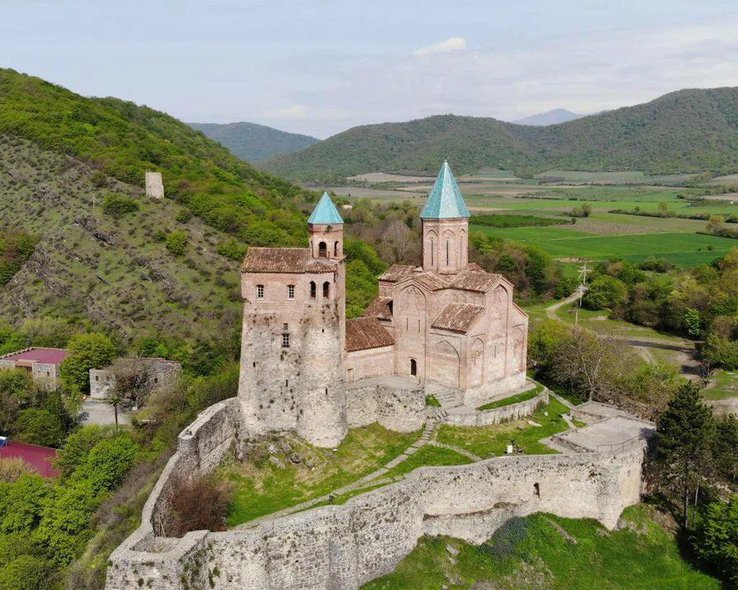
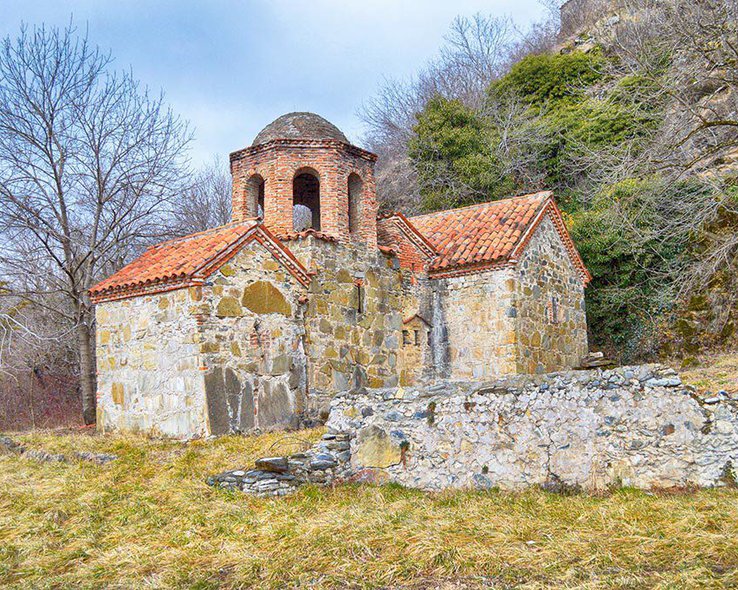
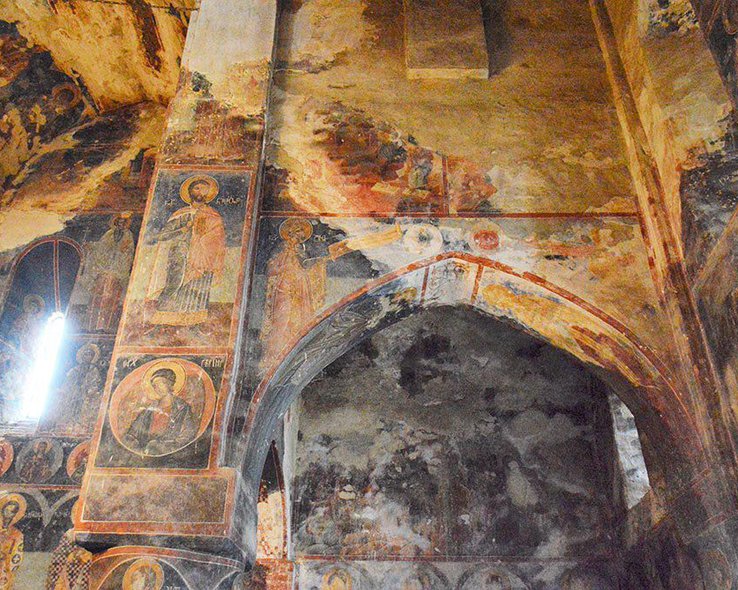

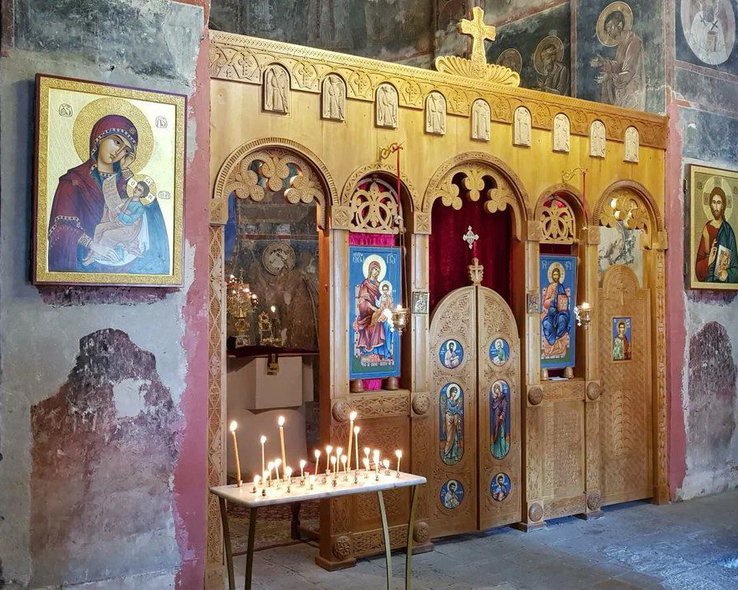
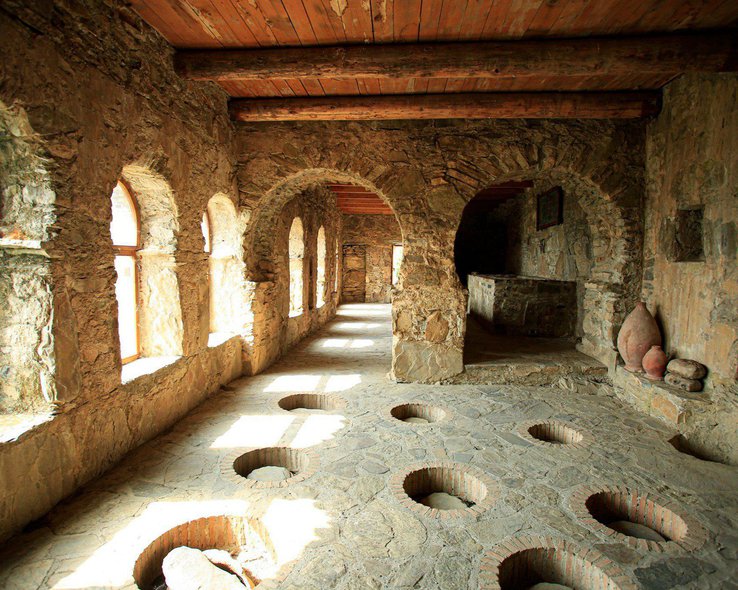
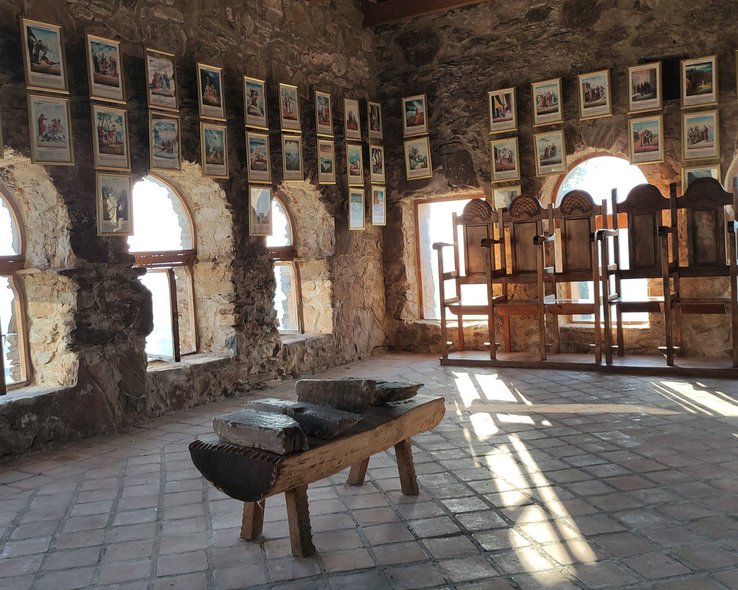
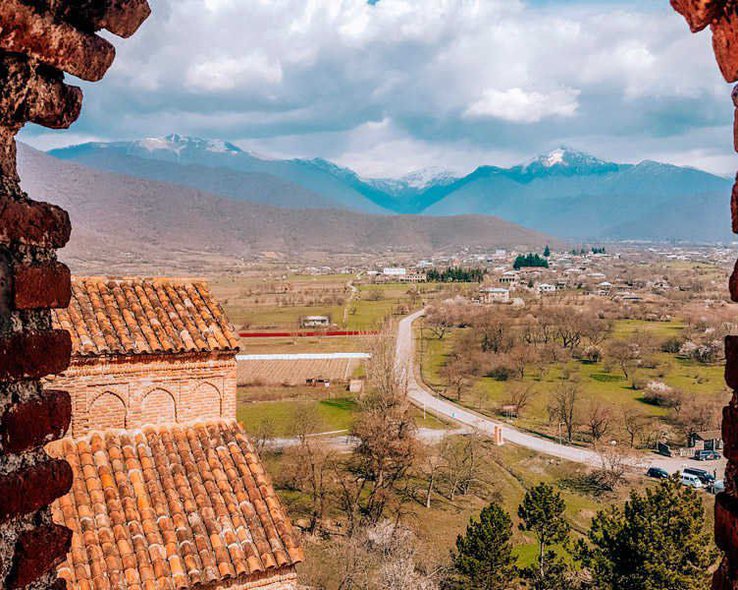
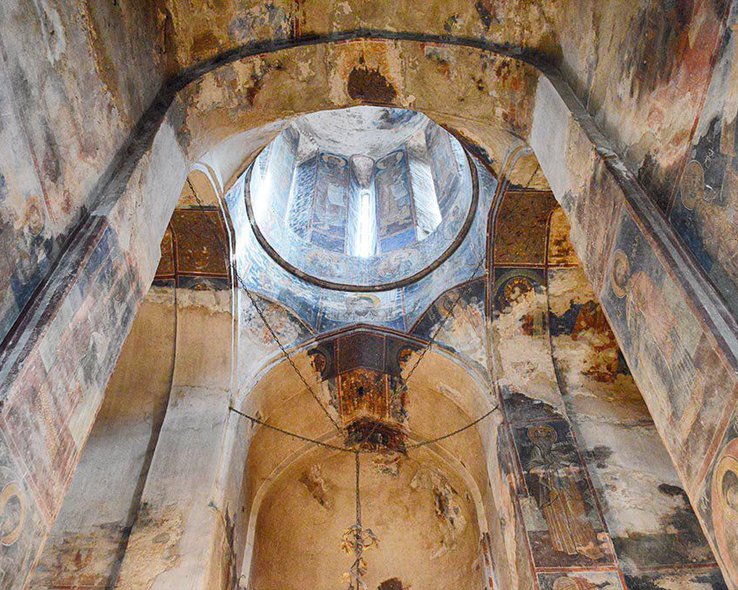

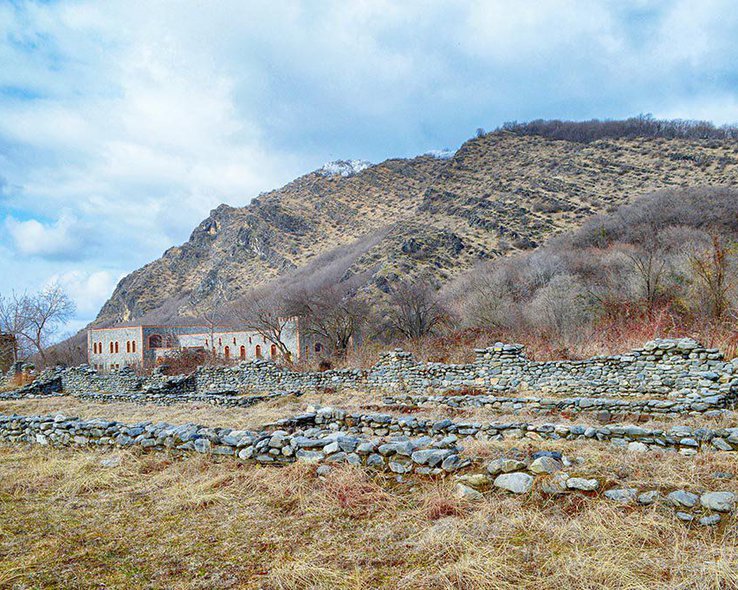

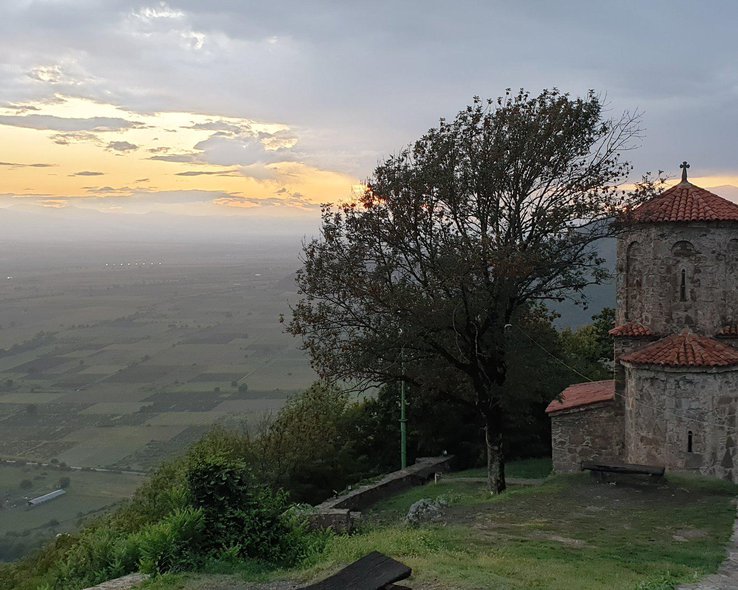
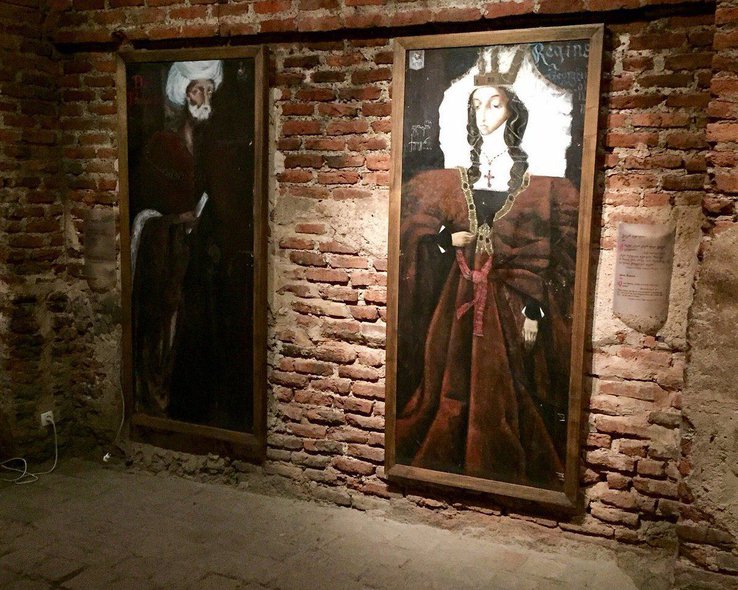
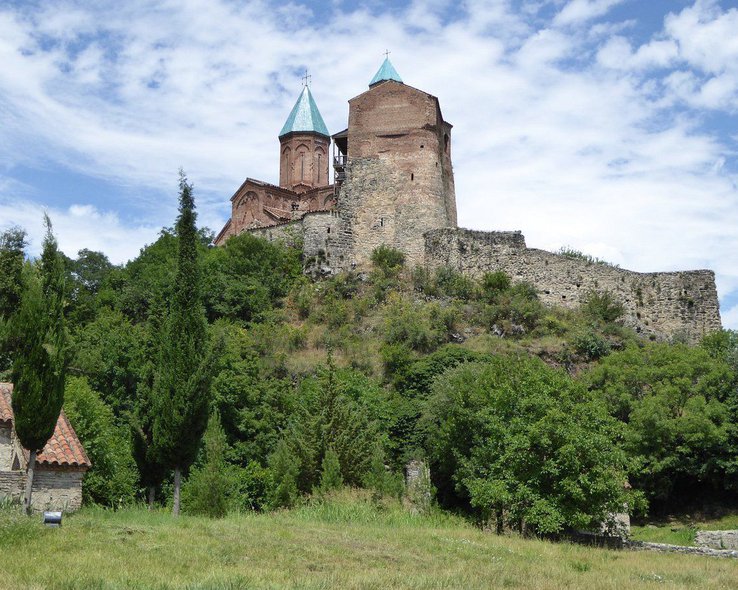
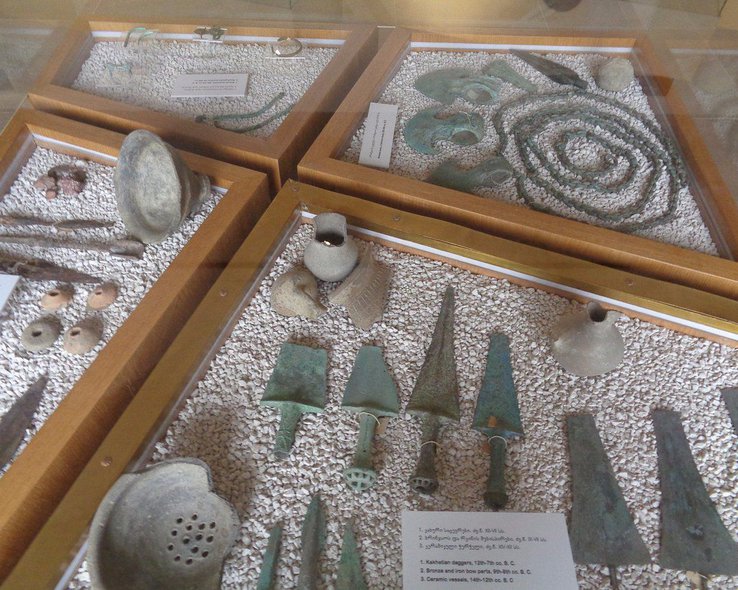
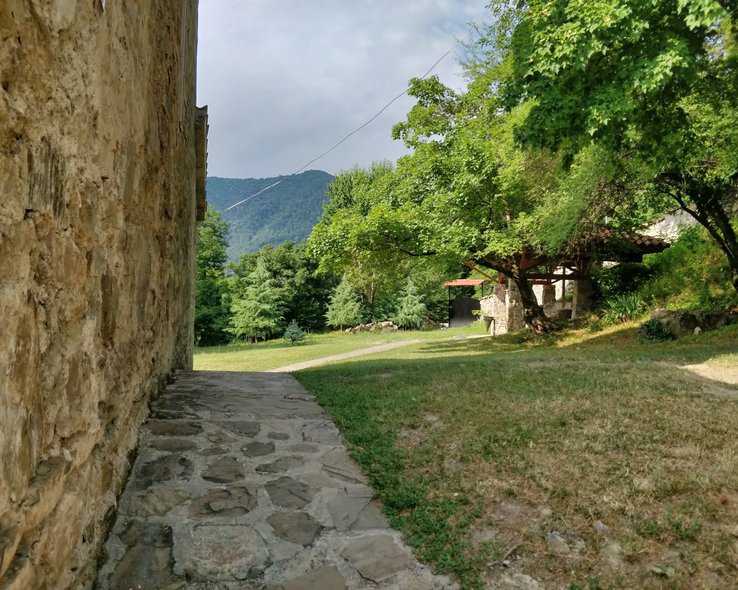
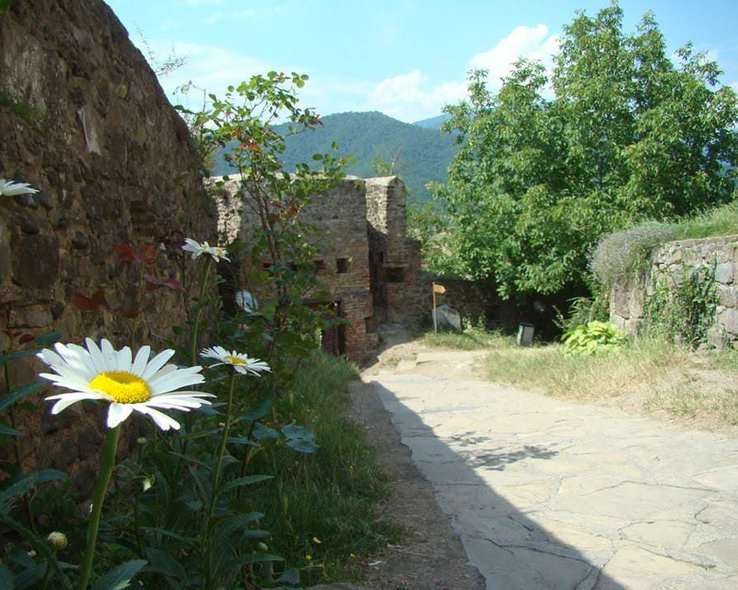

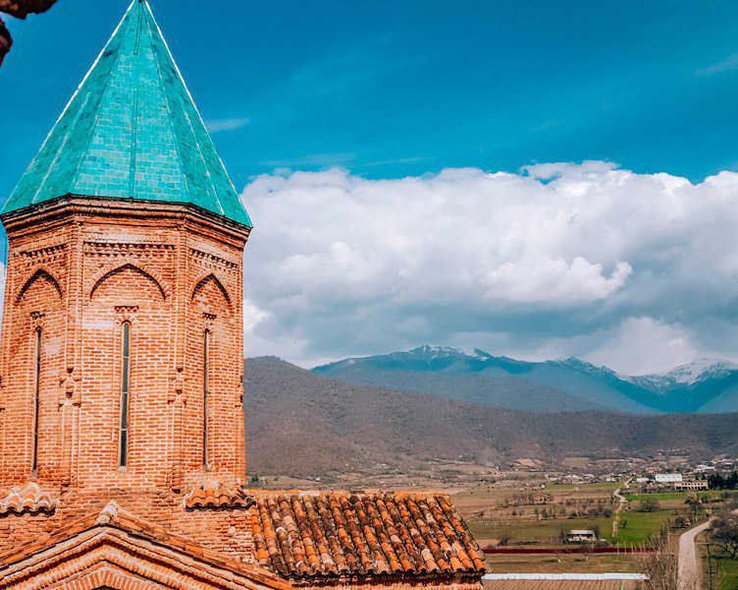
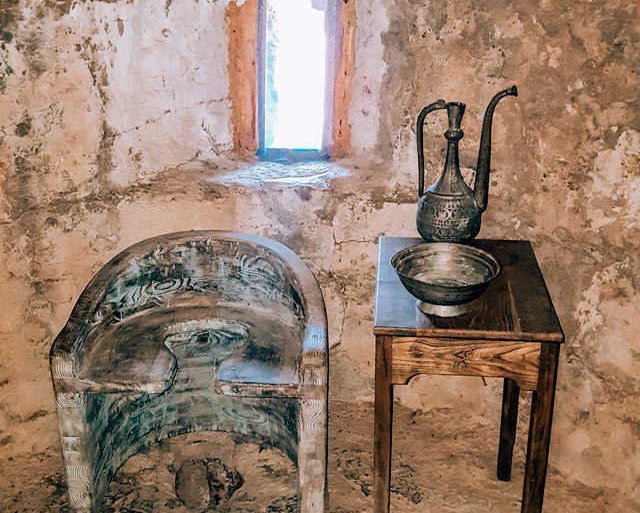
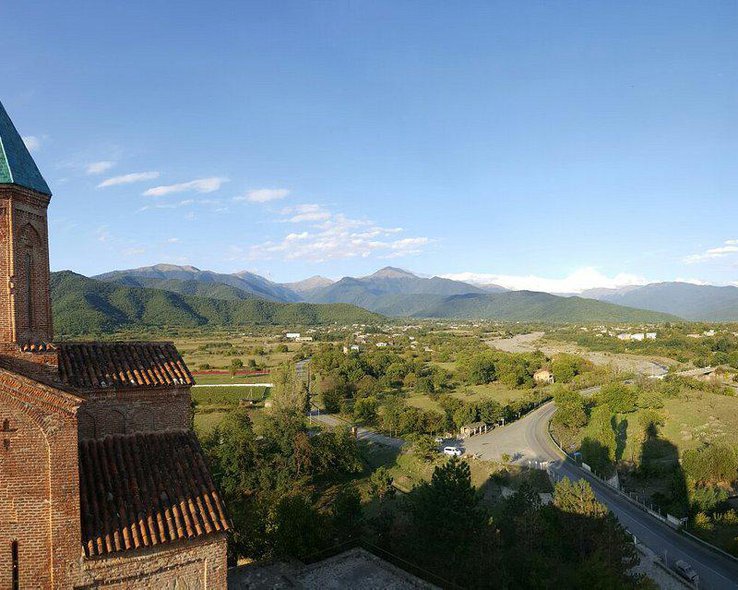
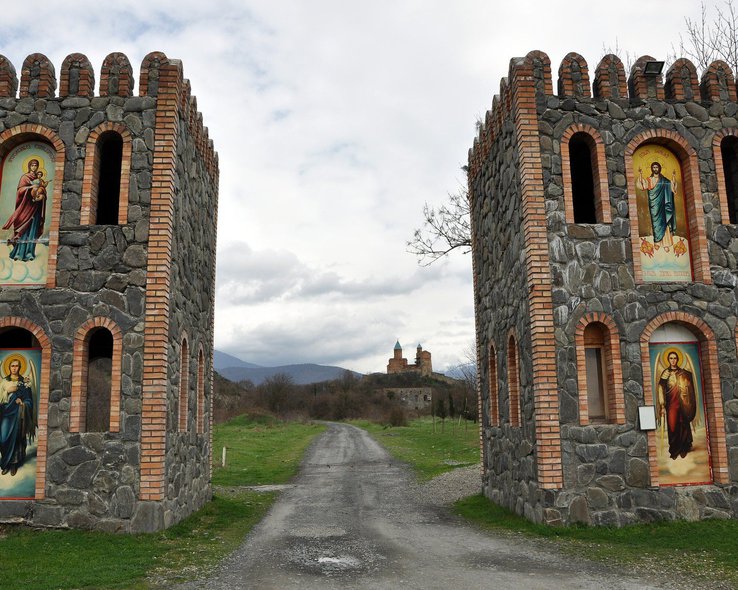
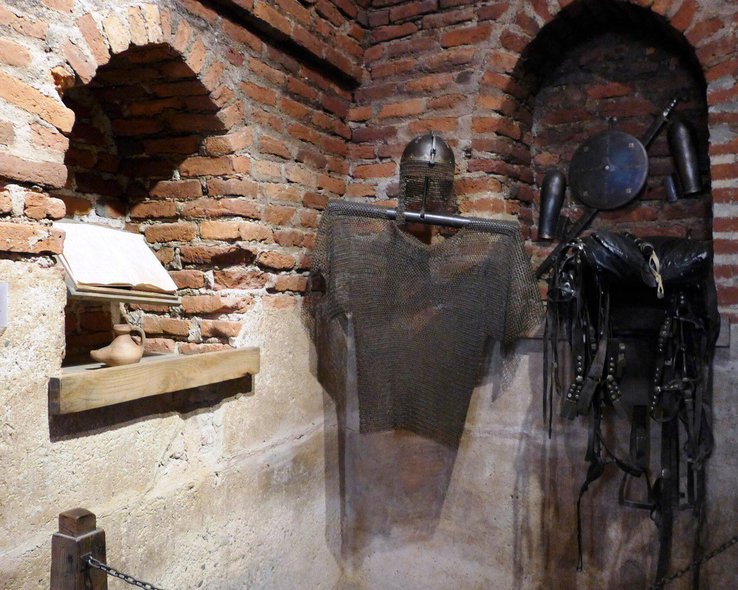

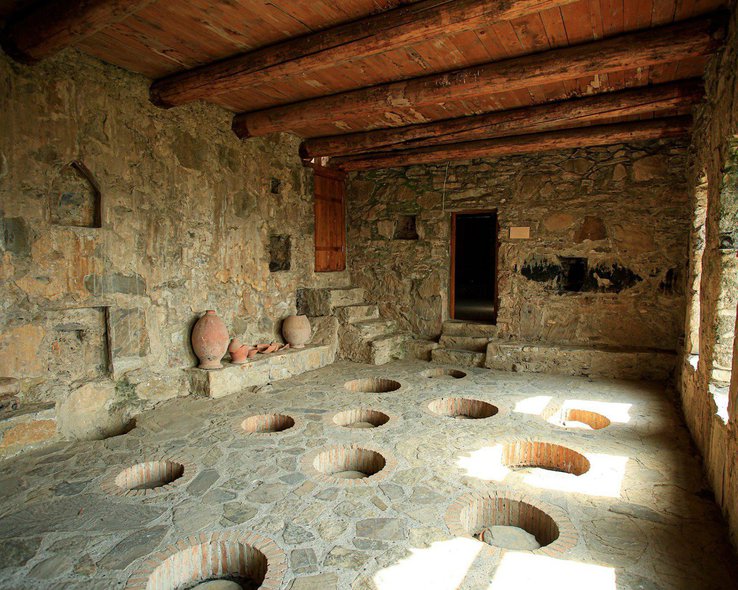

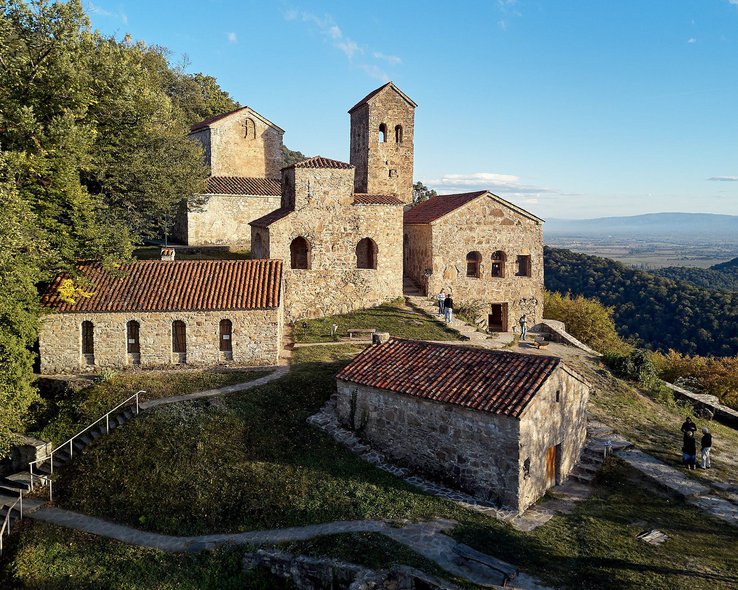
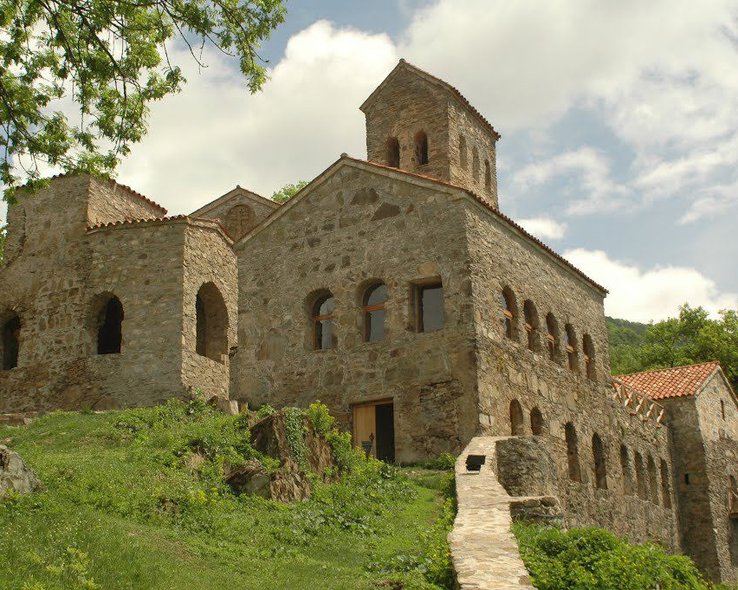


37 comments
Log in to leave a comment
Вот музей действительно интересный и, как я понял, посетитель не отдаленно наблюдает за историей, как в других музеях, а сам погружается в это историю. Просто великолепно! Не терпится увидеться все своими глазами!